Munich, the capital and largest city of the German state of Bavaria, has a rich history of urban development that spans over several centuries. Here is a brief overview:
- Medieval Origins (12th – 16th Century): Munich’s history dates back to the 12th century when it was founded by Henry the Lion, Duke of Bavaria, as a bridgehead to defend against the neighboring Duchy of Austria. The city quickly developed into a market town and received its name from the Old High German term “Munichen,” meaning “by the monks.” This refers to the Benedictine monks who established a monastery in the area.
- Renaissance and Baroque Period (16th – 18th Century): During the Renaissance and Baroque eras, Munich experienced significant growth and cultural development under the rule of the Wittelsbach family. The city became a center for the arts and architecture, with notable landmarks such as the Theatinerkirche and Nymphenburg Palace. The urban layout of the city began to take on a more structured form during this period.
- Industrialization and Expansion (19th Century): The 19th century brought industrialization to Munich, leading to population growth and urban expansion. The city’s infrastructure evolved with the construction of railways, and the urban landscape saw the addition of new neighborhoods and public spaces. The establishment of the Maximilianstrasse, a grand boulevard, exemplifies the city’s ambitions during this period.
- World Wars and Post-War Reconstruction (20th Century): Munich suffered significant damage during World War II, especially during air raids in 1944 and 1945. The post-war period saw extensive reconstruction efforts to restore the city to its former glory. Modern architecture and planning principles influenced the rebuilding process, with an emphasis on functionality and efficiency.
- Economic Boom and Modernization (Late 20th Century – Present): Munich experienced an economic boom in the post-war period, becoming a major center for technology, finance, and industry. This led to further urbanization and the development of modern infrastructure. The cityscape incorporates a mix of historic and contemporary architecture, with high-tech industries coexisting alongside historical landmarks.
- Cultural and Recreational Spaces: Munich is known for its numerous parks, such as the English Garden, which contribute to the city’s green and recreational spaces. The development of cultural institutions, including museums, theaters, and galleries, has been integral to Munich’s identity as a cultural hub.
- Transportation and Infrastructure: The city’s transportation system has evolved over time, with the expansion of the Munich U-Bahn (subway) and other public transit options. Munich’s airport, Franz Josef Strauss International Airport, is a major European hub.
Today, Munich stands as a vibrant and dynamic city that seamlessly blends its rich history with modernity, making it a cultural, economic, and technological powerhouse in Germany and Europe.

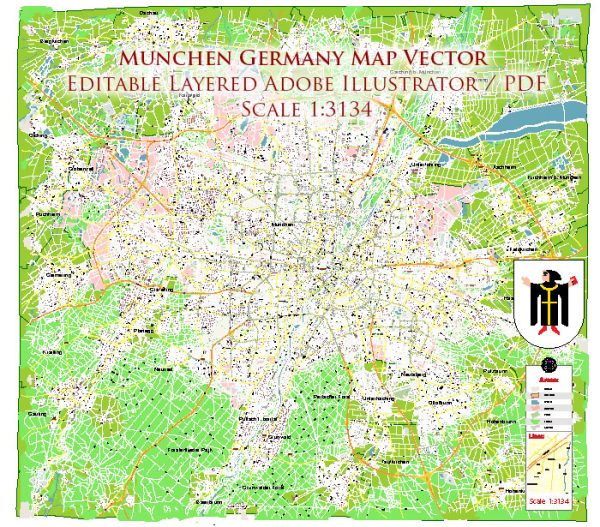
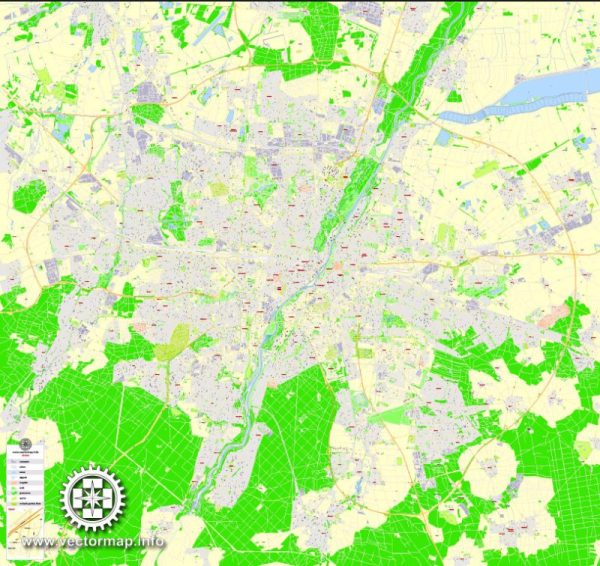
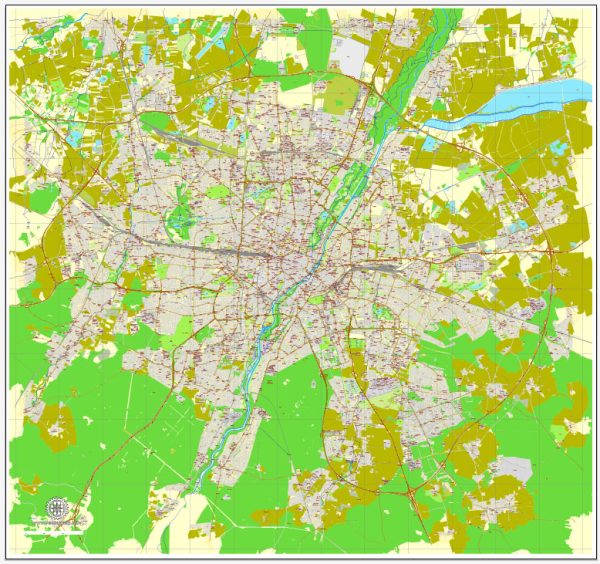
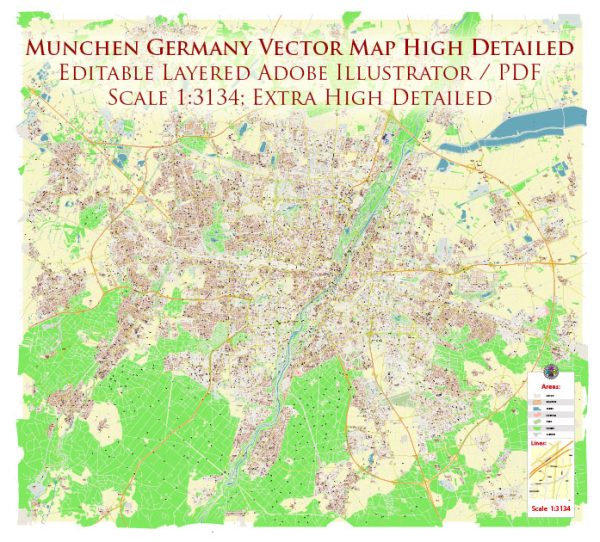
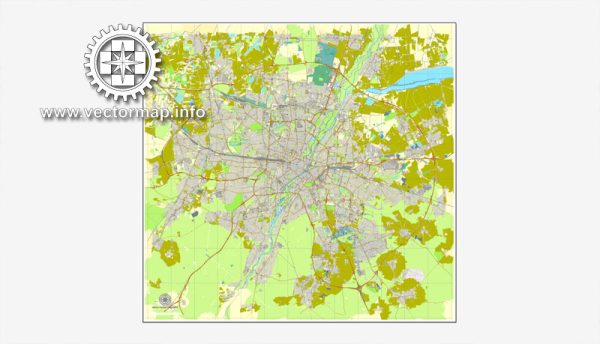
 Author: Kirill Shrayber, Ph.D.
Author: Kirill Shrayber, Ph.D.